
CV Raman was an Indian physicist who won the Nobel Prize in 1930. His discovery of the "Raman Effect" has extensive use in chemistry to provide a structural fingerprint by which strange molecules can be identified. Raman used to say "Ask the right questions, and nature will open the doors to her secrets."
Raman was born into an orthodox South Indian Brahmin family but his interests in the sciences kept him away from religious or spiritual activities. Eventually he described himself as an agnostic. Following are some amazing quotes by the first Indian Nobel laureate in science, CV Raman:
1. There is no Heaven, no Swarga, no Hell, no rebirth, no reincarnation and no immortality. The only thing that is true is that a man is born, he lives and he dies. Therefore, he should live his life properly. (1934)
Many started referring to Raman as an atheist, which he denied.
2. If there is a God we must look for him in the Universe. If he is not there, he is not worth looking for. I am being looked upon in various quarters as an atheist, but I am not. The growing discoveries in the science of astronomy and physics seem to be further and further revelations of God. (1945)
3. In a conversation with Mahatma Gandhi, Raman said "Mahatma ji, religions cannot unite. Science offers the best opportunity for a complete fellowship. All men of Science are brothers."
Raman was also active politically. He was famous for being an advocate of women's rights.
4. I have a feeling that if the women of India take to science and interest themselves in the progress and advance of science as well, they will achieve what even men have failed to do. Women have one quality--the quality of devotion. It is one of the most important passports to success in science.
5. As a political activist, Raman said: It seems to me that the real danger before our country is the crushing down of individual freedom and initiative by the steamroller of government authority. Democracy without freedom for the individual is a sham and a delusion. (1954 interview)
You can judge that CV Raman was not only a pioneering scientist but also a great thinker whose thoughts were progressive and way ahead of the time. Raman was the first Indian to win Nobel Prize in science who contributed immensely to the idea of agnosticism.







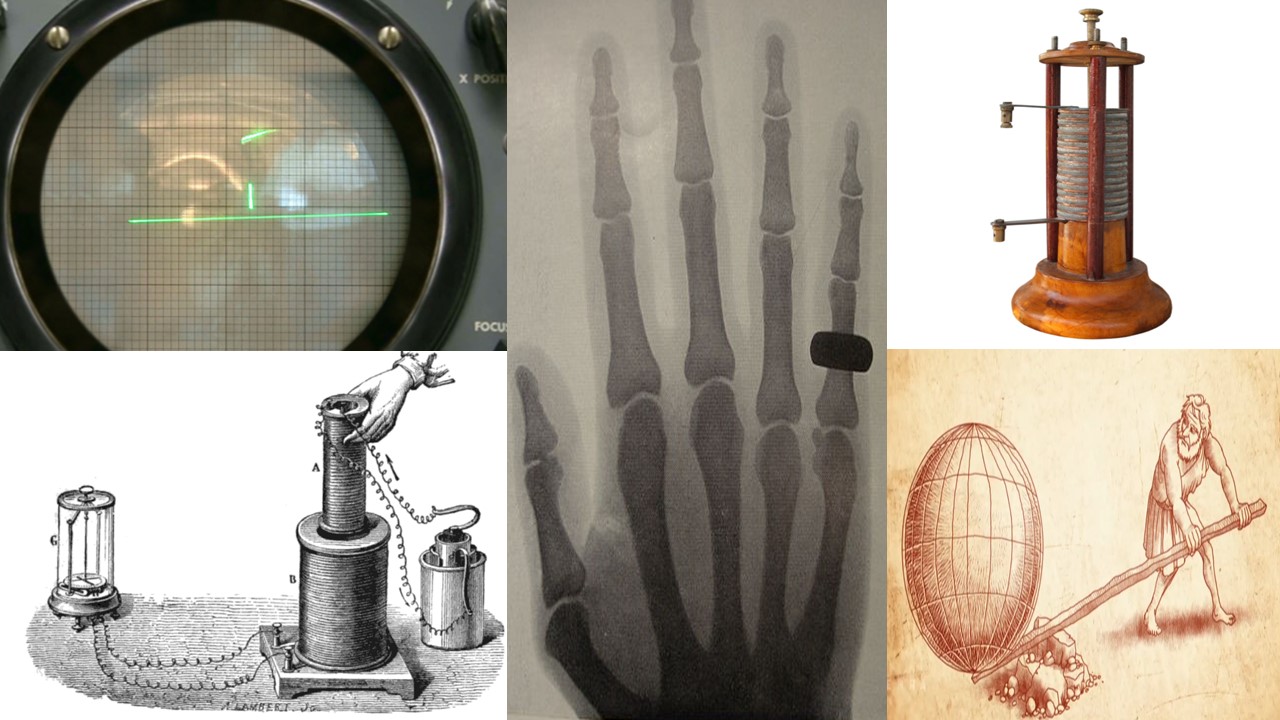



-01.jpeg)
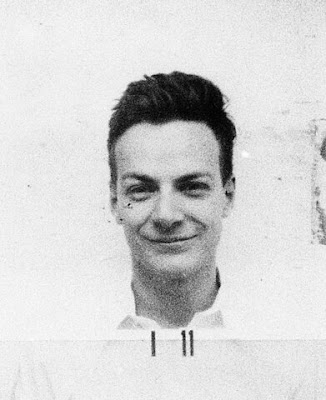



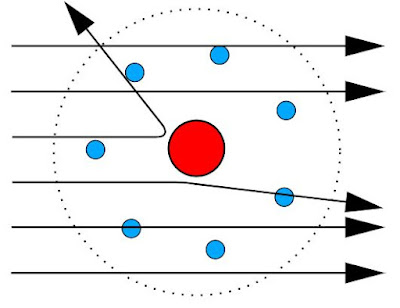
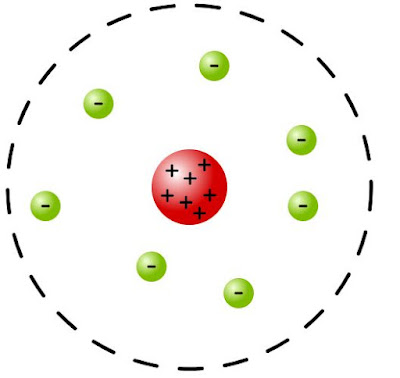

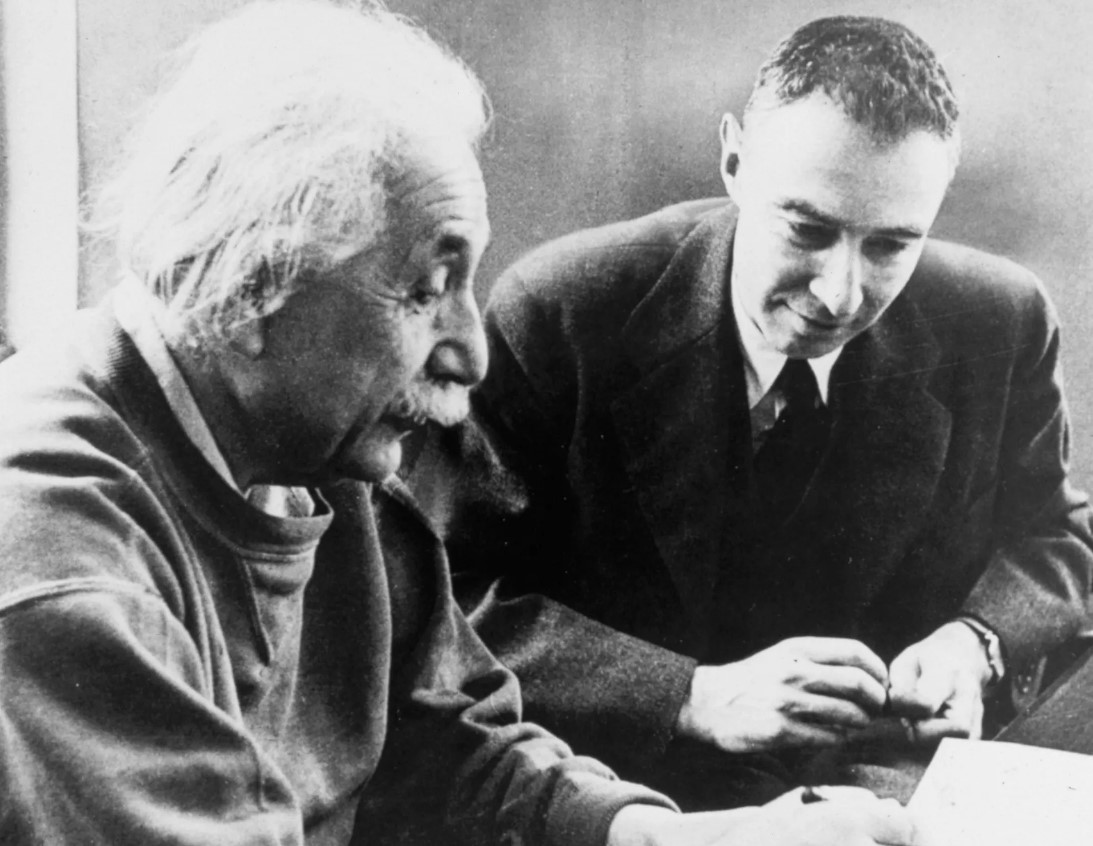



 Physics, astronomy and science history blog for students
Physics, astronomy and science history blog for students